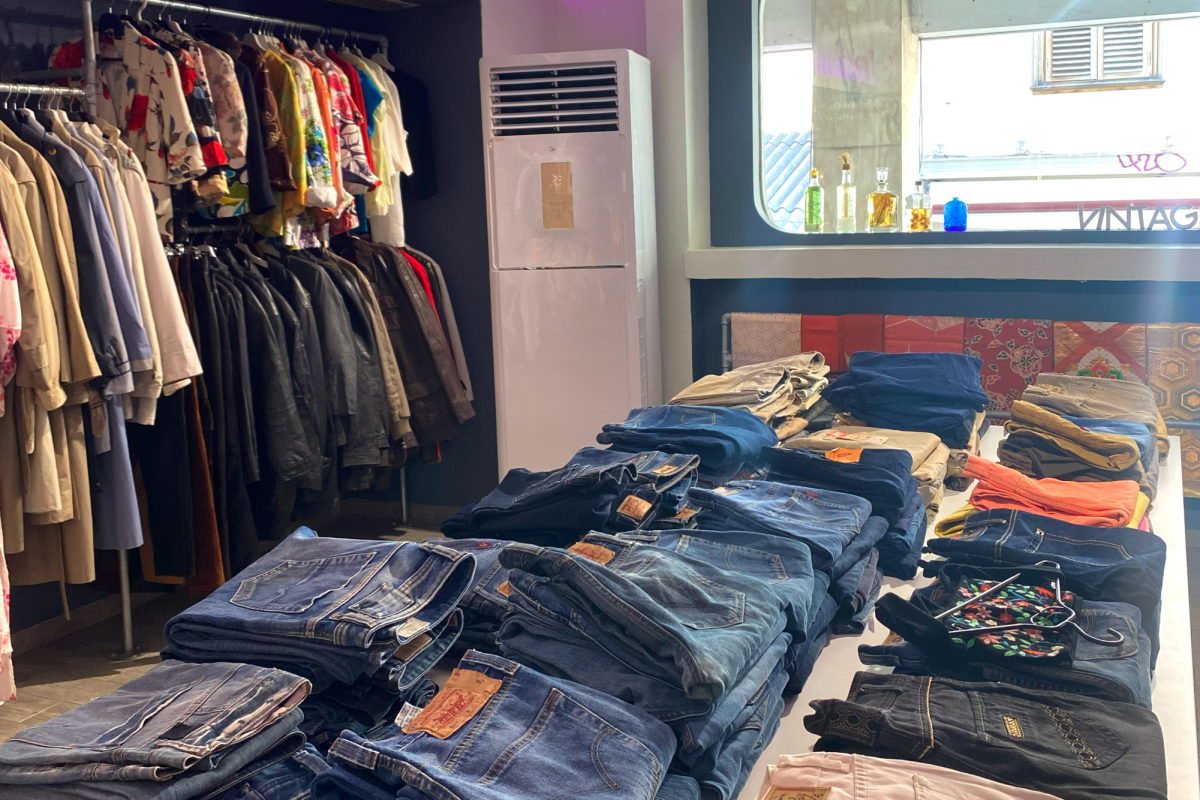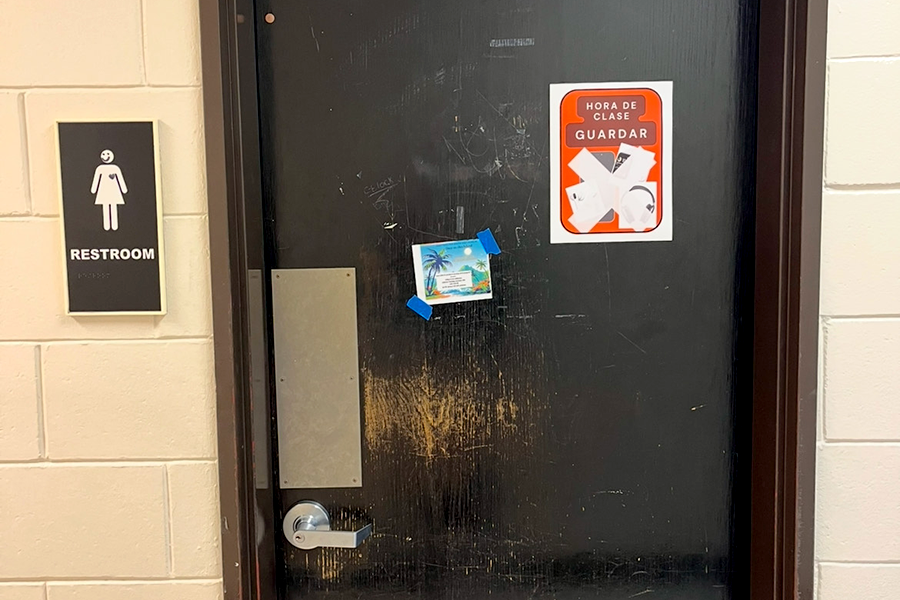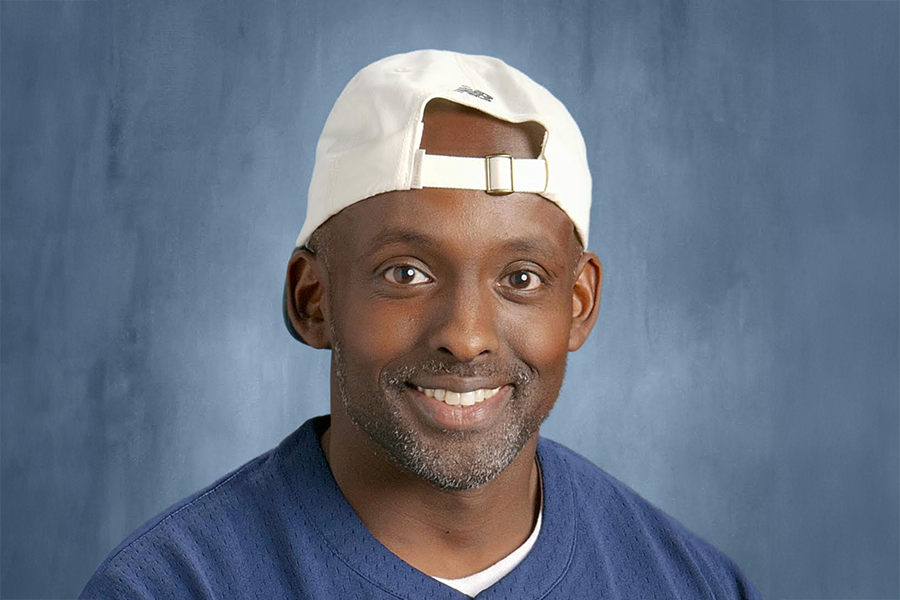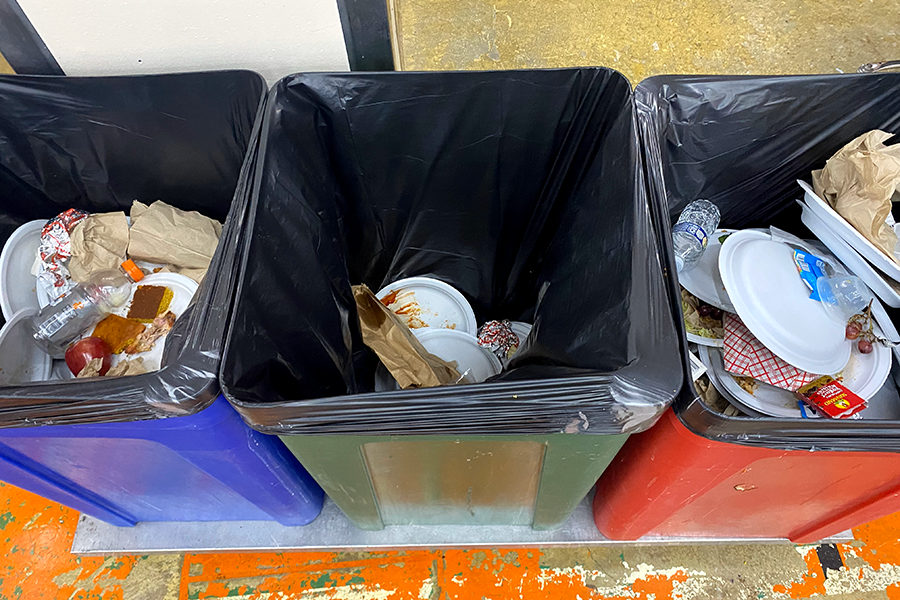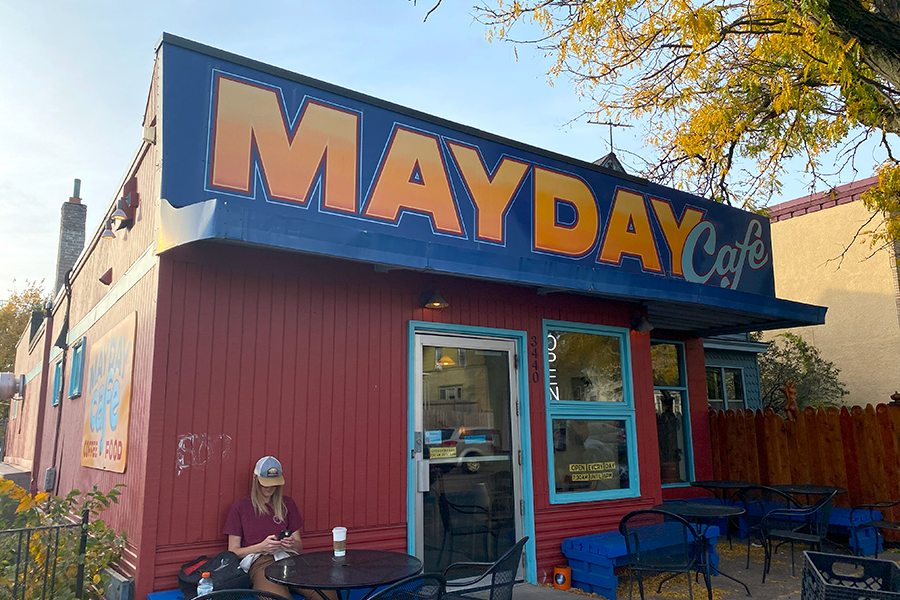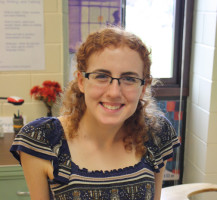Before a baby can talk – in fact, from the newborn’s first wail – one thing is determined. This thing is blazoned on cards, banners, and balloons to broadcast the joy of the birth. It’s a boy. It’s a girl. But what if gender isn’t so simple?
One student at South falls under the umbrella of transgender, identifying as transsexual.
“Transgender is anybody who has a different from usual gender,” said Lisa, a student who wished to remain anonymous, “transsexuals are just the opposite sex. Transgender people . . . it’s so varied.”
South High social worker Sheri Harris, one of the facilitators of the Lesbian, Gay, Bisexual, Transgender support group at South, said, “within transgender, there’s a whole other continuum…from people who … have [sex reassignment] surgery…to people who are just more comfortable in clothing of the opposite gender, and that all comes under the umbrella of transgender.”
One common misconception that Harris sees is assuming that people who are transgender choose to be so.
“It’s not a choice, for an individual who’s transgendered,” Harris stated vehemently, “there are no other options for them. I mean they could not live the life of who they really are, but to me that seems like cutting out a part of them, and not being real.”
As Harris said, gender identity, and sexual orientation, are not choices.
“I always knew that I was never who everyone thought I was,” said Lisa, describing her experience, “but it took me until puberty to really figure it out.”
Lisa is one among many transgendered kids who were certain of their gender from a young age. When you ask a two or three year old if they are a boy or a girl, you will hear very little doubt in their answer. At the same time when kids whose gender match their biology begin exploring their gender, many transgender children are trying to figure out the same things. However, there is no set age by which an individual will know their gender – it is an evolving discovery process.
For youth who, like Lisa, were able to express their gender identity before or during puberty, several options are available. Some choose to take hormone suppressants, which will delay their bodies’ development. For example, a biological female taking hormone suppressants would not grow breasts, begin menstruating, or experience any of the effects of a maturing woman’s body.
One advantage to taking the suppressant is that it offers time to make more permanent decisions, like gender reassignment surgery later in life. Kids who discover later that they are not transgender can stop taking the drug, and the processes of their body will resume.
Unlike Lisa, Katie Burgess, a local transgender activist, did not identify her gender identity until well after her high school graduation.
Burgess grew up in rural Maine in “isolated poverty,” she said. She was not able to process her sexuality.
“I did not have the language. I had not heard the word transgender,” Burgess said. In fact, she was twelve or thirteen years old before she even heard the term homosexual on the radio.
She talked to a therapist, asking if she was crazy for feeling like she was a girl. The therapist said yes, and tried to put Burgess on medications. Burgess’ family did not have the economic resources to pay for them.
Burgess then began a journey of living as a gay man, until her boyfriend came out as transgender, and explained what that was.
“It was literally just this moment of divine knowledge, and it scared me,” Burgess said.
Being different is never easy, and when you’re among a group that has a 33.2% attempted suicide rate, according to Youth Pride, Inc., the statistics are against you.
“[My friends reacted] with shock. Some of them dumped me. Some didn’t care. And one beat me up,” Lisa remembered.
Either way, Lisa had to switch schools before she could transition into her own gender.
“I think the biggest challenges of students who are transgender are those things, those activities, those situations that increase their vulnerability,” said Harris.
A common vulnerable spot for transgender students is in the locker room, after gym class, when your physicality is more open.
The necessity of using the bathroom gains complexity as well. Many transgender stu
dents face the challenge of deciding which bathroom at school they will feel comfortable in. In the case that neither works for the student, Harris, the student, and the nurse work out an alternative solution.
Safety is a major factor in student success at school. When safety is compromised, it leads to truancy, and chances of learning are hurt. According to a 2009 survey by Gay, Lesbian and Straight Education Network, (GLSEN), 47% of transgender students surveyed felt unsafe in school.
When facing the hardships of discrimination, a network of support is vitally important, particularly in the community closest to you.
“A lot of it depends on family support. A big challenge for an individual who is transgender is making sure that families can go with the change,” said Harris, “because without family support, it’s a very very rough road.”
“I stayed in the closet for a few years and came out a couple years ago, and they [my family] accepted me well,” said Lisa.
Outside of family, the community offered to support LGBTQ students at South is rich. Harris is a co-facilitator of the LGBT support group that meets during school. Another resource is the Gay Straight Alliance, (GSA), who work to end discrimination and misconceptions about the LGBT community in and outside of South.
Within the city of Minneapolis, the transgender culture is larger than some might expect for a Midwestern city. Burgess’s journey from small town Maine led her to Minneapolis, where she is now the executive director of the Transgender Youth Support Network (TYSN).
“Our mission is to promote racial, social, and economic justice. We’re not working to defeat transphobia; we’re working against all oppression, particularly racial, social, and economic oppression through the lens of transgender,” Burgess stated.
“If we just focused on transphobia, we would be missing out on so many people. None of us are just one identity,” stated Burgess. “There’s so many different parts of a human being, and not to allow other parts of them to be represented . . . it’s just not fair.”
TYSN is only one of the resources available in the Twin Cities for transgender youth. Others are Avenues for Homeless Youth, Hope Street, and Reclaim, all of which help transgender youth find homes in crises.
“We have a pretty diverse and vibrant community in Minneapolis,” said Burgess. “My work as a community organizer left me particularly impressed with our ability to mobilize.”
In the future, transgender youth like Lisa will likely face complications in basic things like finding a job, starting a family, and finding health care. The National Transgender Discrimination Survey (NTDS), completed in 2011, found a high discrimination rate in the health care services offered to people who are transgender. 19% of those surveyed reported being denied medical care because of their transgender status, and 50% said they had to teach their doctors about transgender care. The survey also reported a highly elevated rate of homelessness, drug abuse, and survival sex.
NTDS also reported double the rate of unemployment among the transgendered. 47% said they were fired, denied jobs, or denied a promotion based on their being transgender. 71% tried to avoid discrimination by hiding their gender identity.
“I’m an executive director, but it would still be difficult for me to find a job outside of the GLBT community,” Burgess shared.
Lisa is not unprepared for the challenges of getting a job.
“There’s a trick you can do for jobs, that’s you get hired and then you tell them [about being transgender]. And they can’t fire you,” Lisa said.
Transgender people who hope to start a family, and find a significant other, may face challenges finding acceptance.
“Later in life, in terms of building relationships, I think there’s an acceptance piece in terms of who it is they’re attracted to,” said Harris.
As Harris said, gender identity is only one facet of a person – whether they’re gender conforming, transgender, transsexual, or anywhere in between. A transgender student’s interests go beyond their sexuality.
In this way, “I think that a lot of it [their community] depends on what else the transgender students are interested in,” reminded Harris. For example, a transgender student interested in music might find their community in the band room, or on the stage. “A transgender student is like any other student in that way.”
Now, within South’s communities, Lisa is away from many of the pressures and persecutions she faced at previous schools.
“The student body in general is really good. The staff and the student body,” Lisa said, “now all my teachers are okay, and they call me by the right name and gender.”

